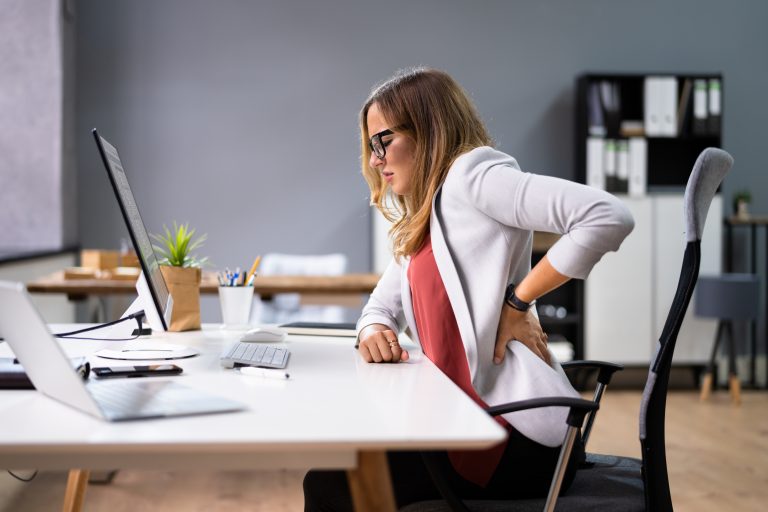What is Canal Stenosis?
Canal stenosis occurs when the already limited space within the spinal canal, which houses the spinal cord and a series of nerve roots, becomes even narrower. This effect can be traced to a number of underlying causes, such as a bulging disc, inflamed ligament, or bone spur. Often, spinal narrowing is associated with age-related degeneration. Because the spine supports most of the body’s weight, the stress of everyday activities like walking, standing, bending, and lifting can take a significant toll on its health and stability over time.
Unless the spinal cord or a nerve root is pressured by displaced tissue, canal stenosis is not uncomfortable. Depending on the location of the nerve compression, symptoms may be felt in the lower back, legs, neck, shoulders, or arms. Initially, the discomfort may be mild, but it can gradually worsen in intensity.
Managing Canal Stenosis Pain
If you’re experiencing pain associated with canal stenosis, you may have already found some simple ways to cope, such as taking frequent breaks from walking or leaning forward over a cart while you shop. Additionally, you might try:
- Physician-approved exercise. People diagnosed with canal stenosis should exercise regularly to prevent the pain from worsening. If appropriate, you can start slowly with some simple flexion-based movements. Then, as you increase your muscle strength and endurance, you might add some walking or swimming to your routine (if your physician approves).
- Activity modification. Think about the timing of your painful episodes and whether they could be related to your daily tasks. For instance, you should take breaks if your pain is from long periods of sitting or standing.
- Medication. Several types of pain relievers and nonsteroidal anti-inflammatory drugs (NSAIDs) are readily available over the counter. When taken as needed (and as instructed by your physician), these options can be very effective for alleviating canal stenosis discomfort. Your physician may also prescribe stronger medications to help you through bouts of pain that are particularly intense.
When Surgery Becomes Necessary…
Because it can take some time to see the effects of nonsurgical therapies (approximately four to six weeks at minimum), you may need to be both patient and persistent with your treatment. However, if your discomfort worsens or begins to affect your everyday life, your physician might recommend a surgical procedure. The goal of canal stenosis surgery is to alleviate symptoms by directly addressing the cause of the nerve compression.
Surgical intervention may be necessary if conservative efforts are ineffective. Through the use of modern technology, surgeons are now able to complete these procedures without the need for large incisions. BEST Health System is the industry leader in minimally invasive care. Even compared to other minimally invasive surgical providers, BEST is setting the blueprint. Contact our team to schedule an appointment or learn more about our services. Put an end to your back pain now and for all.
